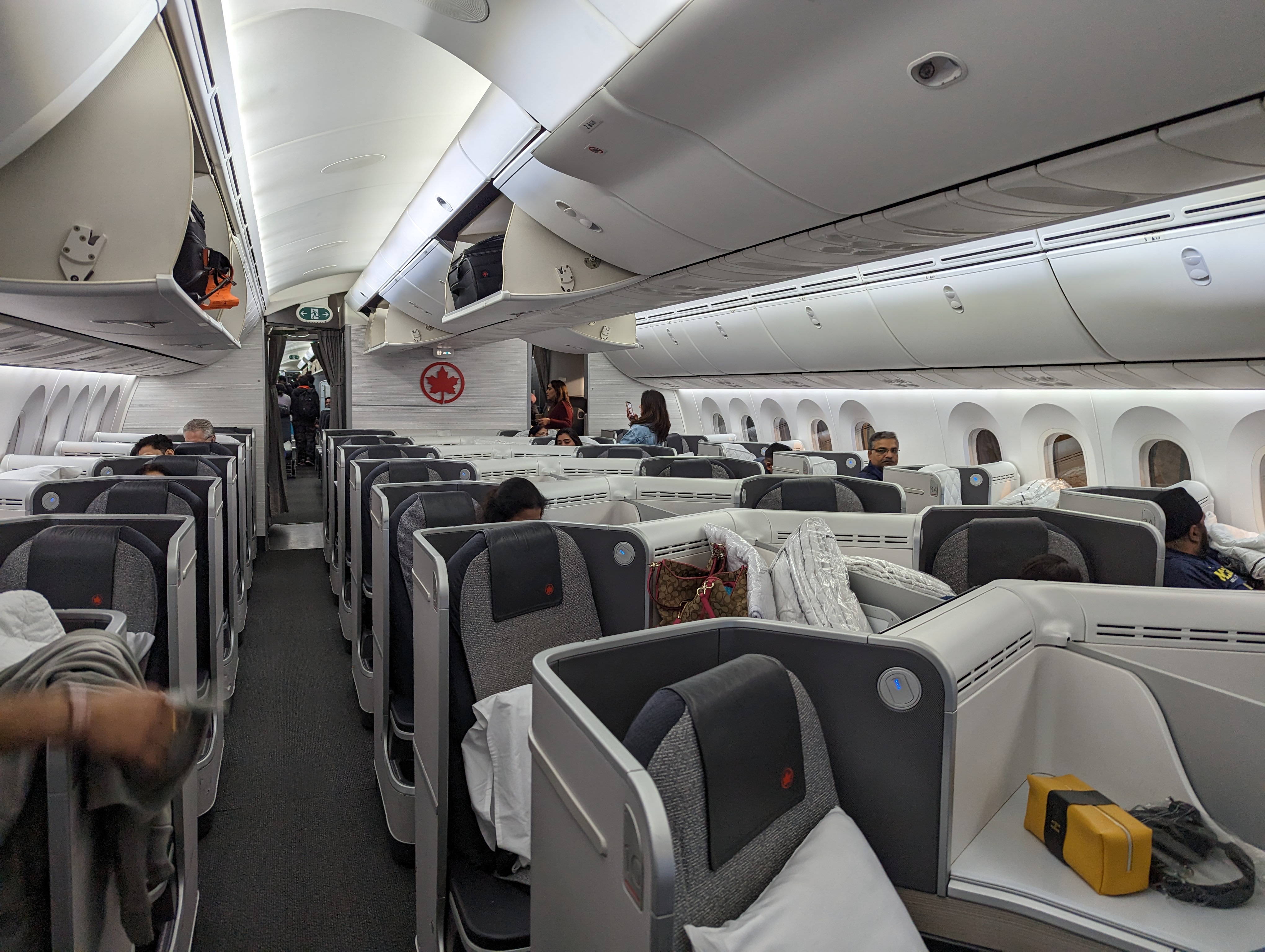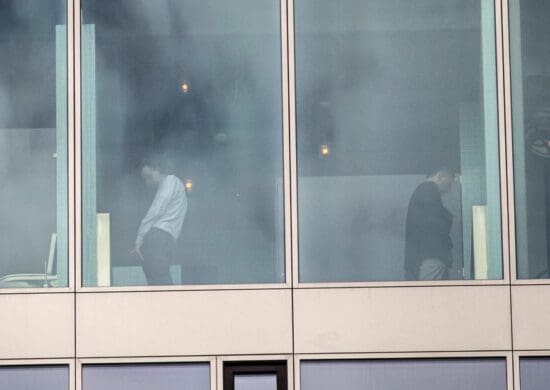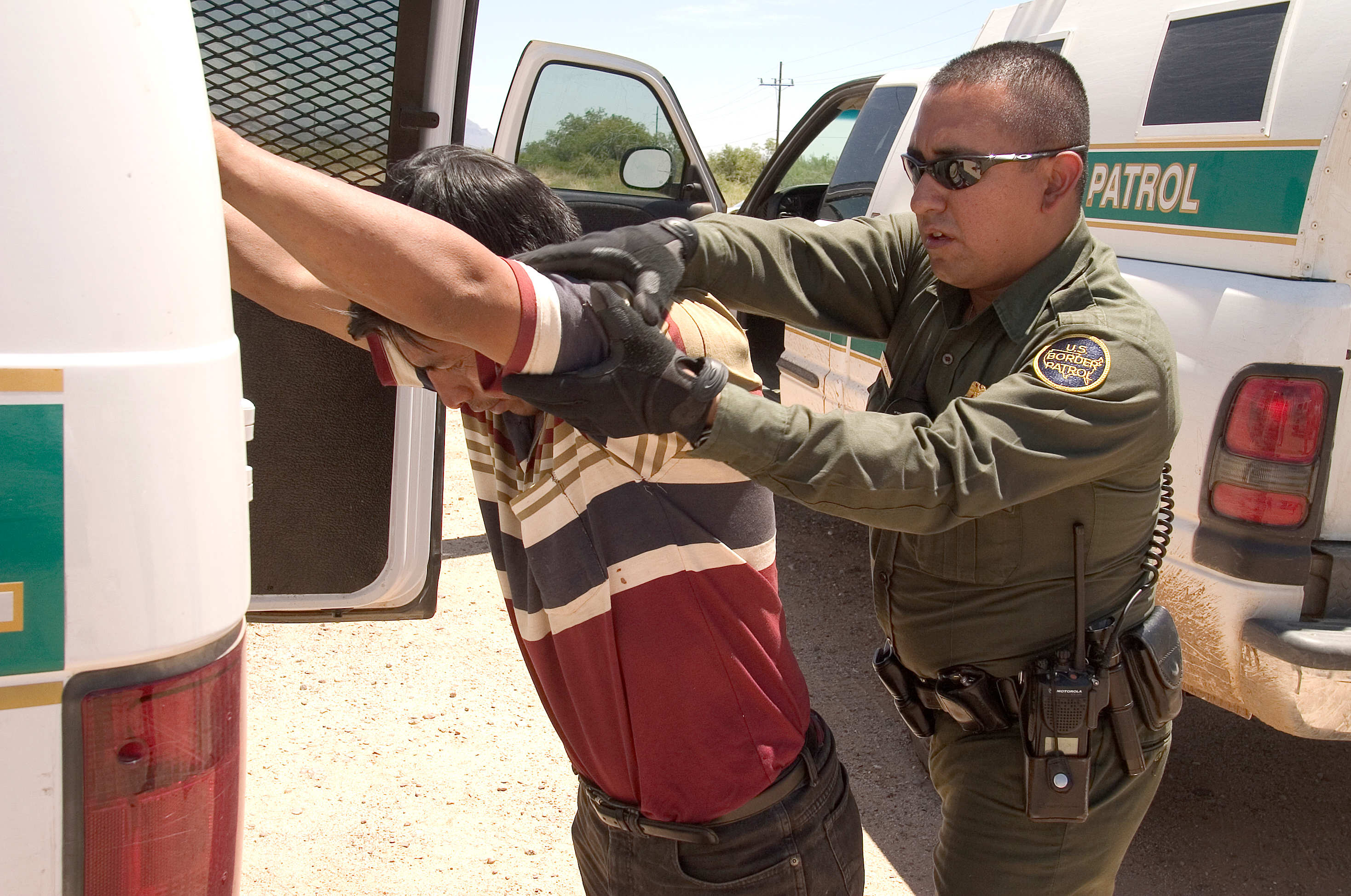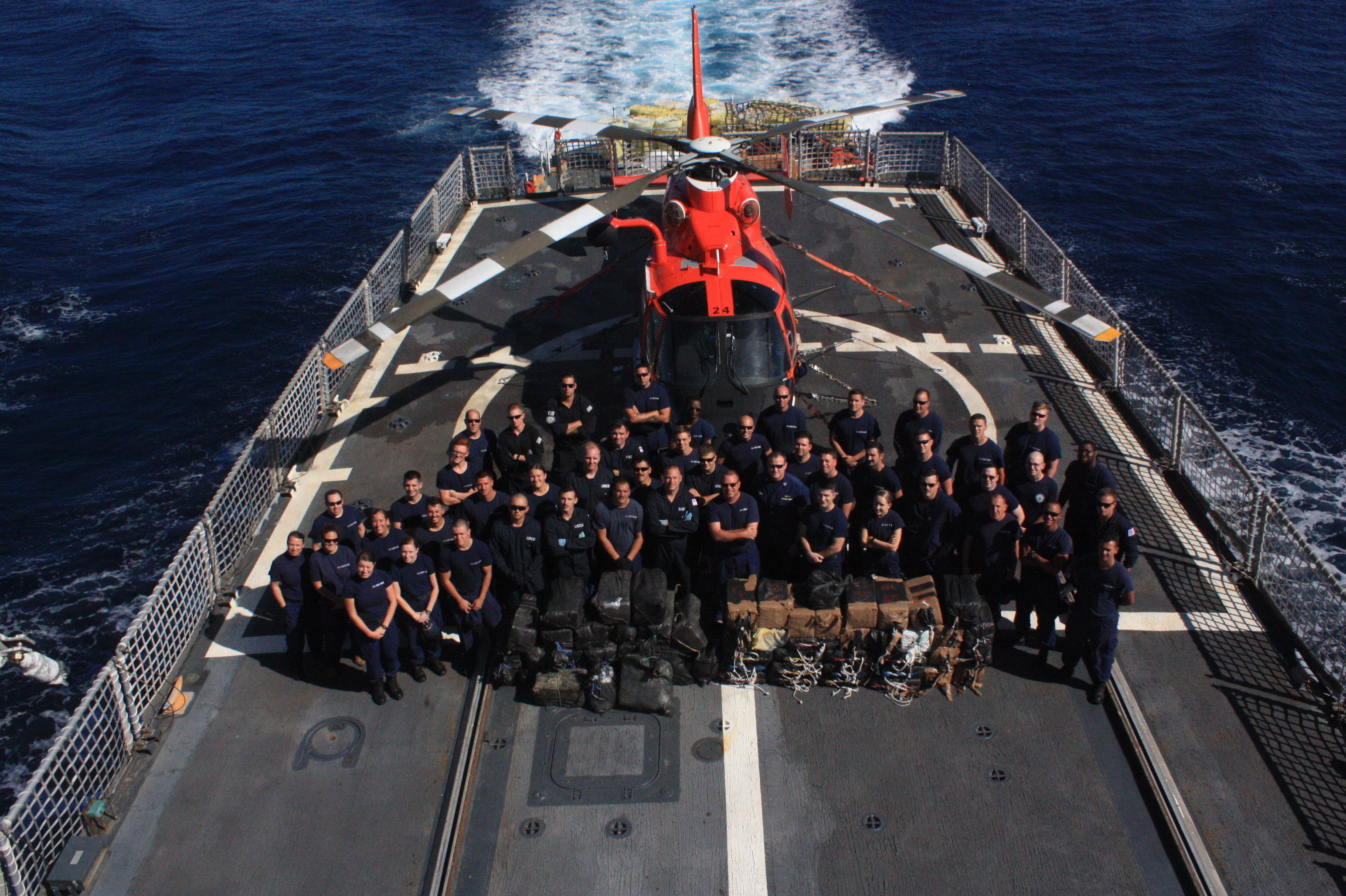Retired Prof. Mary Beth Ruskai ain’t no dummy. If you want to get your fill of quantum mathematics, such as the absence of discrete spectrum in highly negative ions (i.e. an atom can have only a maximum number of electrons bound to it regardless of the charge of its nucleus), she’s your woman.
During her prestigious career including numerous visiting appointments at leading educational institutions around the world, Prof. Ruskai was afforded many opportunities to log thousands of miles flown, and thus many contacts with the TSA. Then, within the last decade, she had her knees replaced and right hip repaired, resulting in enough metal components in her body to trigger TSA metal detectors.
While she qualified as a “Trusted Traveler” by the Department of Homeland Security (DHS) and carried her medical documentation with her, she would nonetheless consent to the extended security review and focused pat-down targeted solely to the alerted metal areas.
However, as the TSA revised its pat-down procedures in middle to late 2010, discarding hand-held metal scanners for an enhanced pat-down system, Prof. Ruskai had had enough. As her attorney later stated, her dispute was not with the gravity of the government’s interest (security and safety), rather she was challenging the TSA screening procedures to advance such a public interest, and the severity of interference with individual liberty, as well as her treatment due to her specific classification as a disabled person due to such surgeries. In other words, does such a severe degree of invasion of personal space, privacy and individual rights go beyond the reasonableness of protections we are afforded while other, narrowly tailored means, could sufficiently address such a governmental goal.

Court’s Opinion
The First Circuit’s Opinion reviews Prof. Ruskai’s history of documented complaints regarding the TSA’s screening procedures for her and others similarly situated. Soon after the TSA’s 2010 enhanced pat-down procedure change, she submitted multiple complaints to the TSA in early 2011 to no avail.
Next, she filed a complaint with DHS’s Office for Civil Rights and Civil Liberties asserting violations of her Fourth Amendment rights of unreasonable searches and for discrimination due to her disability. The result: DHS denied opening any investigation and referred her case to the TSA’s Office of Disability Policy and Outreach. On January 19, 2012, Ruskai received notice from the TSA that she would not be offered modified security screening procedures. This First Circuit Court of Appeals’ inquiry followed.
At the onset of the analysis, the Court makes note of how both parties asserted recent supplemental filings to discuss and inform the Court of the ever-changing procedures and technological tools at the TSA’s disposal (more on this later). Ruskai rebuts the government’s emphasis that procedures are evolving with her own personal experiences in recent months while this matter was pending. The Opinion states:
Ruskai more recently filed a second motion to supplement the record. In this second motion, she includes her own supplemental affidavit and the affidavit of an observer who witnessed her proceed through security. She asserts that, on six trips that she took since January 2014 (when oral argument was held in this case), she was in fact able to access PreCheck entry, but on four of those occasions (when AIT scanners were unavailable) she was still subjected to a pat-down that, she claims, was more invasive than previous PreCheck limited pat-downs she had received, and which made her “very uncomfortable.” Accordingly, she now claims, “there is little distinction” between PreCheck limited pat-downs and standard pat-downs. The government takes no position on this motion. We allow its filing, again while recognizing its limited relevance because the agency decision on review in this case includes no challenge by Ruskai to the limited pat-down used under the PreCheck program. (My emphasis added.)
As to the Fourth Amendment issue — the Court focuses on the balancing test to evaluate the search’s reasonableness: public interest in TSA’s search vs. privacy concerns implicated by the search on an individual’s liberty. Put another way, “the search must be a ‘reasonably effective means’ for furthering the important government interest.”
This Court found that such enhanced pat-downs do not amount to unreasonable searches or discriminate against persons with disabilities. Additionally, the Court was not moved by Ruskai’s argument to allow alternative (less intrusive) means to accomplish the TSA’s security goals.
[The] Supreme Court has repeatedly stated that reasonableness under the Fourth Amendment does not require employing the least intrusive means to accomplish the government’s ends. In any event, we are not convinced that Ruskai has posited any truly workable alternative. (Citations omitted.)
As to the disability discrimination issue — the Court focuses on the selection process of passenger screening not being tailored to focus one way or another on one with a disability.
The aim of the standard pat-down was not to determine whether Ruskai had a disability, but rather to determine whether she carried a weapon. And, for the reasons stated in Part V.A of this opinion, we have found that the selection of a screen designed to detect both metallic and nonmetallic weapons to be reasonable. The aspects of that screen of which Ruskai complains affect persons with and without disabilities alike. And, once TSA determined she carried no weapon, that very determination gained her access through the checkpoint irrespective of any aspects of her disability. Collectively, all of these considerations eliminate the footings upon which a [disability discrimination] claim can stand. (My emphasis added.)
An acknowledgment by the TSA? — One of the most interesting paragraphs of the Opinion is found on page 33:
Clearly, neither Congress nor TSA finds the current underinclusiveness in screening passengers for nonmetallic weapons to be acceptable in the long run–hence TSA’s ongoing expansion of, among other things, AIT deployment. The cost being incurred to install AIT scanners, for example, makes concrete the very substantial weight assigned by Congress to the threat of nonmetallic explosives. And, as discussed above, even though pragmatic and efficiency considerations may outweigh (in TSA’s judgment) its interest in screening every non-AIT-screened passenger for nonmetallic weapons, there is no dispute that TSA will have to conduct some follow-up search on individuals who cannot or do not pass through a [Walk-Through Metal Detector] without setting it off. TSA thus adequately explains the underinclusive nature of its use of standard pat-downs in a manner that does not belie the justifications cited for conducting the search. (My emphasis added.)

Got Metal? Your Options
If you are one of the millions of individuals with a metal implant, is your only option for passing through TSA screening to let the agent’s fingers do the searching? Maybe.
Should a full body scanner (AIT scanner) be available (and working), the passenger may wish to proactively inform the TSA agent of the reason for alternative screening to a metal detector. Otherwise, an “enhanced pat-down” may be the only option so long as current procedures (and technology) are in place and no AIT scanner is available.
The TSA recommends:
If a passenger has metal implants, such as artificial knees or hips, he or she should inform a Transportation Security Officer (TSO) before screening begins. Passengers can use TSA’s Notification Card to communicate discreetly with security officers. However, showing this card or other medical documentation will not exempt a passenger from additional screening.
Many passengers with metal implants that regularly alarm a metal detector prefer to be screened by imaging technology in order to reduce the likelihood of a patdown being necessary. A passenger can request to be screened by imaging technology if it is in use and available at the checkpoint.
If a passenger cannot or chooses not to be screened by imaging technology or the passenger alarms a walk-through metal detector, the passenger will be screened using a thorough patdown procedure.
Additionally, while being a qualified “Trusted Traveler” does not exempt you from passing through a metal detector or further screening (at least you can keep your shoes and coat on), it may guide you to an easier navigable checkpoint area. (Go with Global Entry; See 7 Reasons To Get Global Entry (Instead of TSA PreCheck)!)
Again, I recommend you proactively tell the TSA agents of your situation and request the use of a full body scanner (should that be your desire) before waiting to set off the bells and whistles and explain your implant(s).
____
@travelblawg
facebook.com/travelblawg
Subscribe in the sidebar!
Disclosure of Material Connection: Some of the links in the post above are “affiliate links.” This means if you click on the link and purchase the item, I will receive an affiliate commission.










